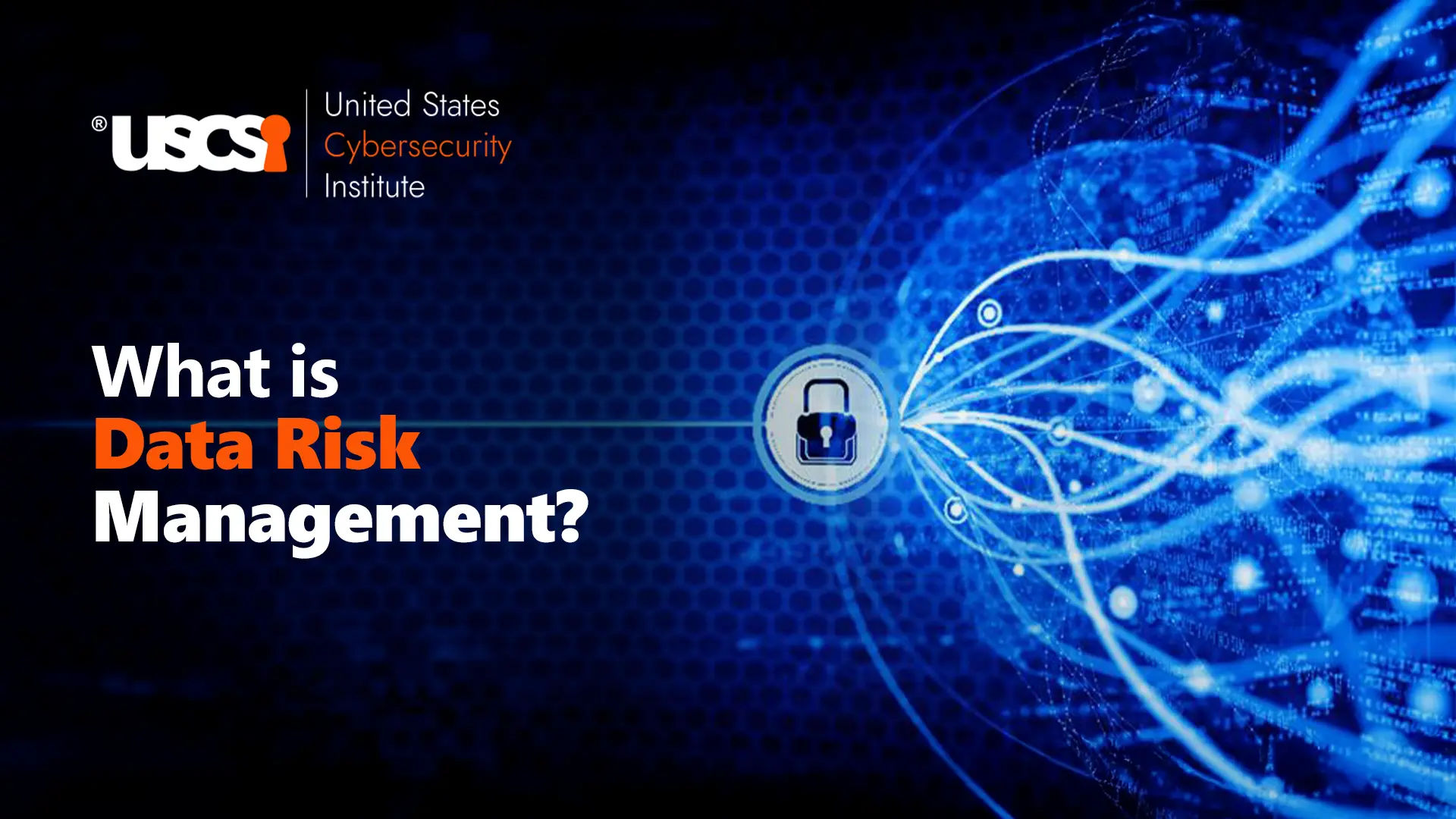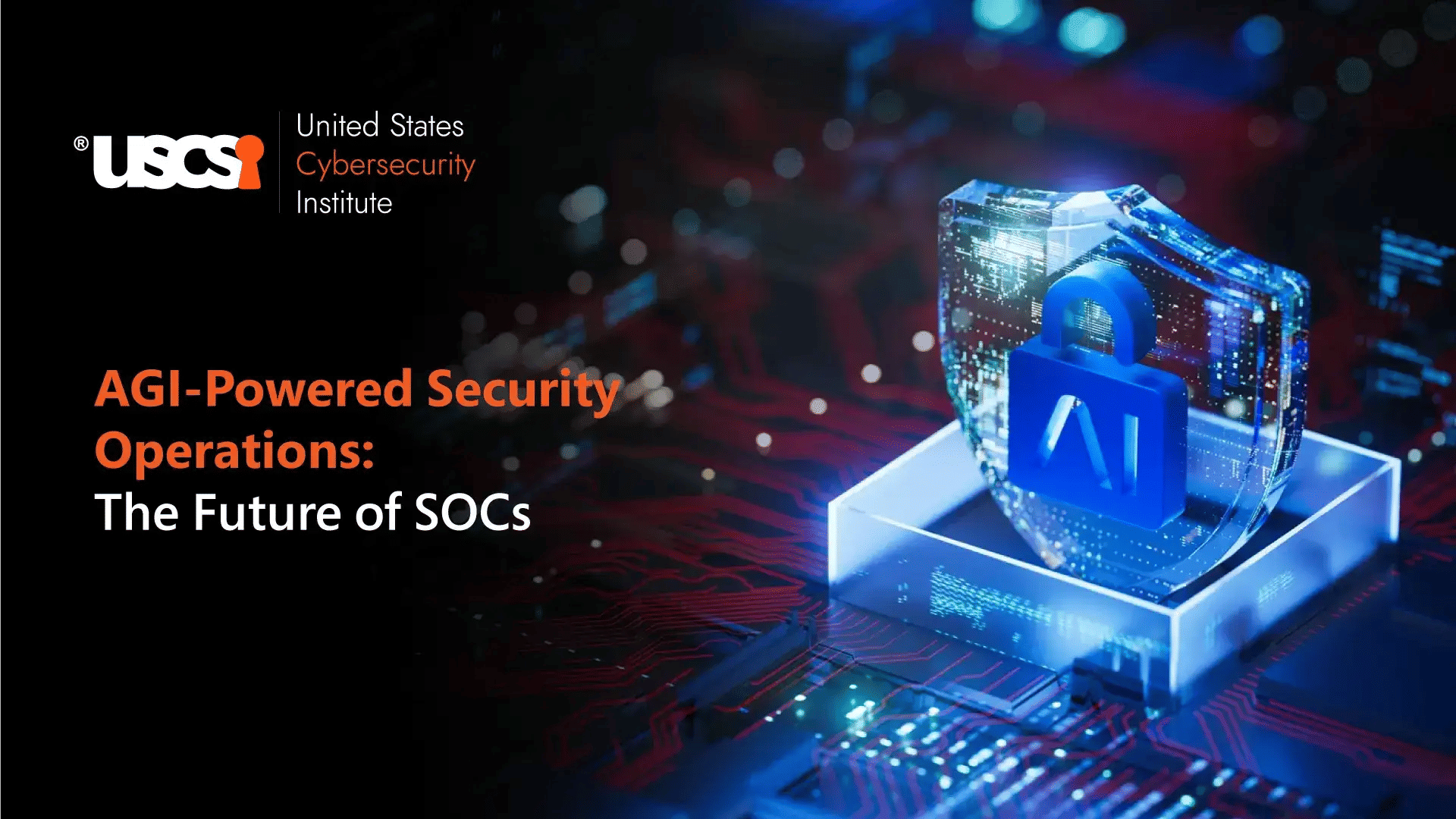

Data Risk Management: Top Risks and Best Practices
Data Risk Management is an essential process that helps with the identification, assessment, and mitigation of various threats to an organization’s sensitive information and data, and protects it from unwanted access and usage.
Data risk management is a specialized form of risk management that mostly focuses on protecting data privacy, security, and compliance with various security standards and regulations. The primary goal of data risk management is to protect an organization's sensitive business information from unauthorized access, manipulation, and alterations that could compromise the integrity of data.
Organizations that implement effective data management practices can ensure their data is safe and remains available through reliable storage and free from accidental loss or deletion, and protected against malicious use.
Important Elements of Data Risk Management
Organizations implement data risk management, a set of important processes and workflows to monitor data risks, and it consists of several important elements, such as:
- Data Identification and Classification - Organizations must first identify and classify their data assets, i.e., they must understand what kind of data they have, where they are stored, how much data there is, and how sensitive they are. If there is no clear visibility, then the risks will obviously remain unknown and unmanageable.
- Risk Assessments - All types of data must go through a rigorous risk assessment to evaluate threats related to its privacy, security, availability, and compliance. For example, the organization’s customer database has high risk because of the sensitive nature of data, but the public marketing materials are different as they are risk-free.
- Data Governance - Data is among the most important business assets, and therefore, it requires robust governance to store, handle, and use it properly. However, these rules can vary depending on the data classification and can be suitable for company-wide guidance and regulatory compliance.
- Mitigation Strategies - After identifying risks, cybersecurity specialists need to develop mitigation strategies and minimize exposure. High-risk data may need higher investments in redundancy, Identity and Access Managements (IAM), data encryption, and real-time monitoring. A well-formulated strategy can also help with compliance during audits.
- Monitoring and Reporting Tools - Data risk management also consists of a variety of cybersecurity tools that help with tracking access, i.e., who accessed what data, when, and how. These systems log activities and send real-time alerts about suspicious activities to help initiate preventive security controls.
Importance of Data Risk Management
It requires no explanation how important organizational data is. Organizations must consider data as important an asset as a building or a computer system. A theft, loss, or inaccessible data can lead to serious consequences, including huge financial and reputational losses. Therefore, how organizations treat their other critical assets, they must also carefully store and manage their sensitive data as well.
According to the PwC Pulse Survey, despite ongoing investments and advancements in risk management, 75% of organizations struggle to keep pace with evolving risk strategies due to the fast-changing regulatory landscape.
Here are a few reasons why data risk management is very important for organizations.
- Continuous Operation
Data management plays a very important role in the continuous operation of the business because it helps keep the data complete, accurate, and accessible at all times. It helps with proper storage of data through advanced solutions like RAID and other software tools that monitor security and help preserve data integrity.
According to AICPA and NC State University, 75% of executives anticipate major changes in their organization’s approach to business continuity planning and crisis management.
- Security Maintenance
Data risk management helps to develop robust security policies and practices to protect data from theft, loss, and unauthorized access. Sensitive information is protected with proper authentication, authorization, and continuous monitoring that helps detect and prevent malicious activities.
- Compliance With Security Standards and Regulations
With the increasing regulatory demands, data risk management helps to adhere to various laws designed to protect personal and organizational data. With effective data risk management, organizations can avoid fines and legal consequences.
- Improve Business
Having an effective data risk management also helps build trust among customers, partners, and regulators. Moreover, it also assists with faster and more organized responses to different kinds of security incidents, like data breaches, and thus minimizes the potential damage.
Types of data risks
Normally, data is exposed to three types of risks: theft, misuse, and inaccessibility. Each type of risk has its own consequences and can lead to reputational and financial damages.
-
Theft
This includes unauthorized access to sensitive information through hacking, malware, or human error. Cyber criminals can employ various tactics, like phishing or malicious software, such as keyloggers, to steal login credentials and gain access to your accounts.
Apart from these internal mistakes, such as misconfigured access controls or unsecured storage, can also unintentionally expose data. No matter what method is used, theft can result in significant legal, financial, and reputational damage.
-
Misuse
Data misuse refers to information being accessed, shared, or handled against the policies or intended purposes. This includes data leakage (data shared unintentionally or with improper intent) when employees are accessing data for personal reasons. Third-party access also poses a great risk if partners do not properly handle or secure the shared data.
-
Data Inaccessibility
Some technical flaws within an organization’s infrastructure can also lead to data risks. For example, poor configurations, unpatched software, and weak passwords create huge vulnerabilities that can be exploited. On top of that, hardware failures like crashed servers or faulty storage devices are also a great risk to data accessibility. Therefore, to mitigate these kinds of risks, organizations should build resilient systems with proper configuration, redundancy, and regular updates.
Effect of AI on Data Risk Management
Today, the use of AI can be found across all industries, and this technology is also impacting data risk management. It helps with faster, smarter, and more scalable responses to threats. By using advanced AI tools, cybersecurity professionals can analyze huge amounts of data and identify hidden patterns and respond to threats in real time, much faster than human professionals.
The PwC Pulse Survey highlighted that 57% of risk leaders plan to increase their spending on process automation to enhance their ability to monitor and manage risks effectively.
AI can easily detect potential intrusions by analyzing network logs and immediately block the threats. Similarly, it can also prevent data leaks by scanning outgoing emails for sensitive content and sending an alert to users before it is sent.
The latest cybersecurity certifications cover in detail how AI technologies can be used to enhance the defense and security of an organization.
But using AI for data risk management also comes with certain challenges that must be addressed. A lot of data investment and computational power are required to train the AI models. Also, the data and algorithms used for training can contain bias, which can lead to incorrect decisions. Most importantly, AI systems should be continuously updated as per the evolving threats, and therefore, they require continuous human oversight and regular training.
It must be noted that despite using AI, errors can occur and result in data breaches. Also, businesses will only be legally responsible, regardless of AI involvement.
AI is, of course, a great technology to be used in data risk management, but it is not infallible. Organizations should consider AI tools as a powerful assistant and not a replacement for humans. When used effectively, AI can significantly strengthen an organization's risk strategies.
Best Practices for Effective Data Risk Management
Data risk management is a complex process that is defined by a lot of factors, including industry standards, size of the business, regulatory requirements, the cybersecurity skills of the workforce, etc. though there is not a single and universal approach, there are several best practices that organizations can implement to protect their data from evolving and emerging cyber-attacks.
Here are a few things organizations can do:
-
Conduct Regular Risk Assessment
With the evolution of data, risks are also evolving. Therefore, conducting frequent assessments can help organizations understand their data type, location, value, and vulnerabilities so that they can properly identify threats and develop effective strategies to safeguard their data.
-
Implement Strict Access Controls
Organizations should also adopt zero trust principles by implementing access controls to grant permissions only on job requirements. Role-Based Access Control (RBAC) and Attribute-Based Access Control (ABAC) are popular techniques that ensure users get access to only the data that they need.
-
Monitor Data, Quality, And Access
Regular checks maintain accuracy, completeness, and consistency of data. Logging and analyzing data access help track issues back to specific users and improve accountability.
-
Use AI-Powered Security Tools.
With the rapid development in AI technology, thankfully, there are advanced AI tools that can detect anomalies, flag suspicious behavior, and even take actions by themselves to prevent breaches. Tools like data loss prevention (DLP) can further improve the security of sensitive data from unauthorized sharing
-
Encrypt Data End-To-End
Data should be protected both at rest as well as in transit with lightweight encryption solutions. End-to-end encryption becomes important if data is being shared outside of internal networks.
-
Education And Training
Organizations should also promote a culture of data awareness by offering the right cybersecurity training to employees as well as third-party partners about risks, policies, and response procedures. Conducting regular drills and audits is also an effective way to strengthen cybersecurity best practices.
Data is a highly valuable resource for organizations, and data risk management helps protect these resources.
As technology grows, the attack tactics of cybercriminals will also become more advanced. So, a robust data risk management will be required to carefully store, use, and handle data across the organization’s all stages. Cybersecurity professionals should have enough skills and knowledge to effectively design and implement data risk management strategies. The cybersecurity certifications from USCSI® are comprehensive and detailed programs that will help you master these required skills and protect sensitive data across your organization.





